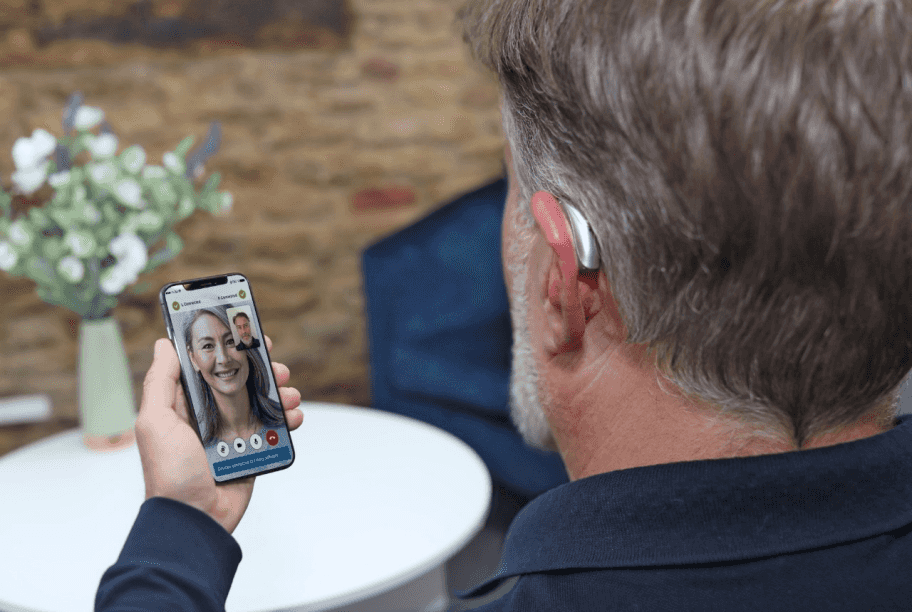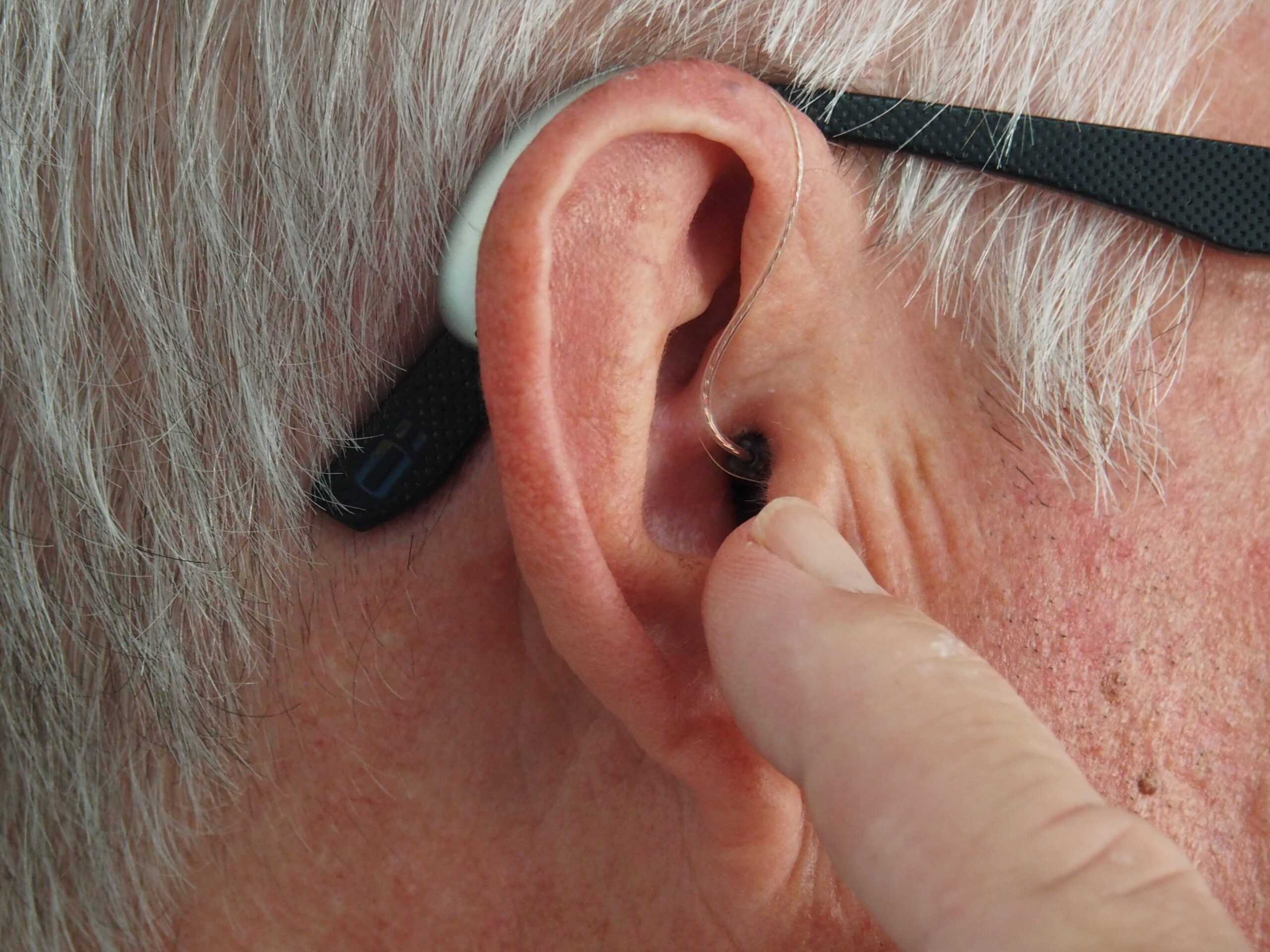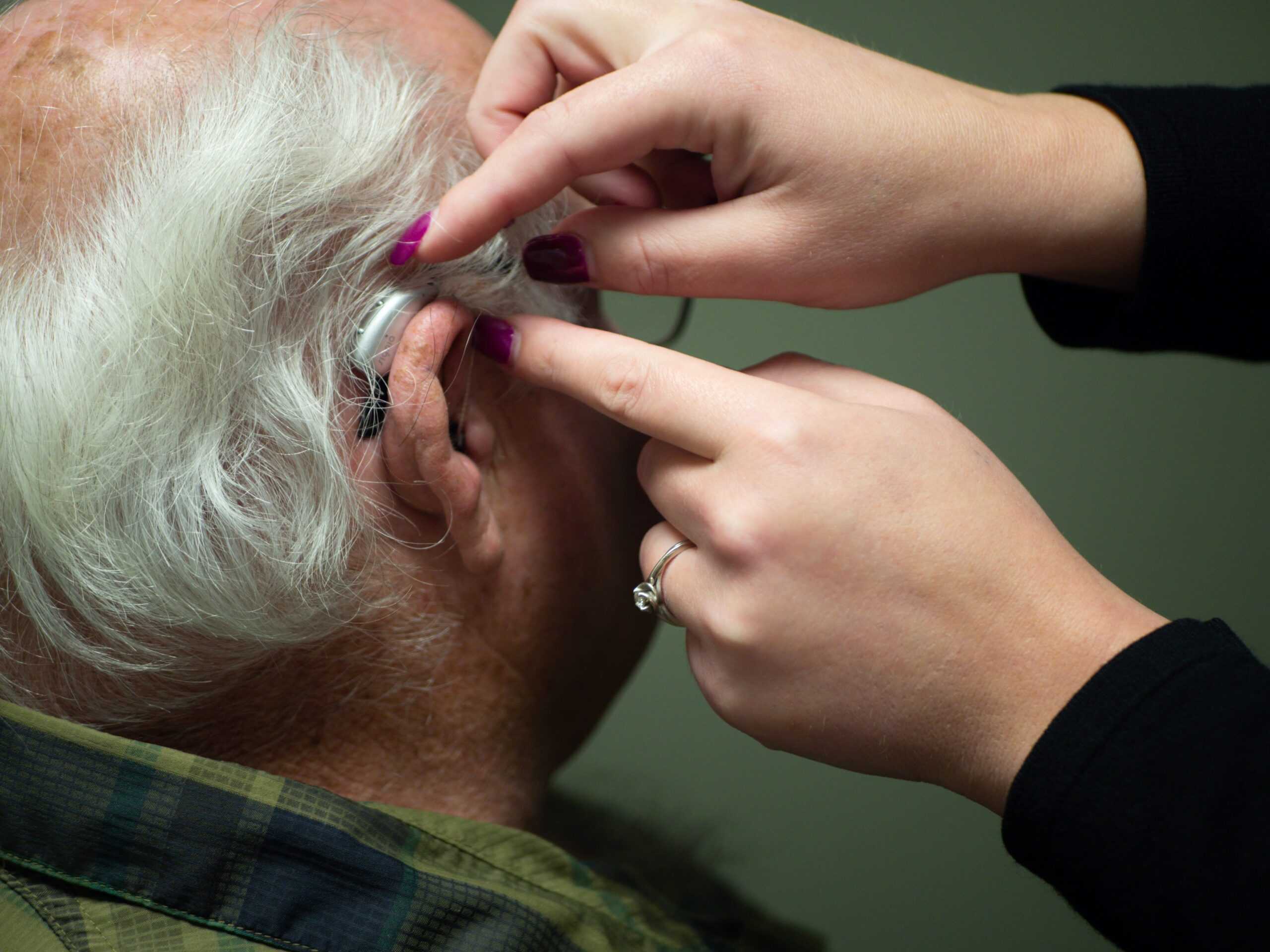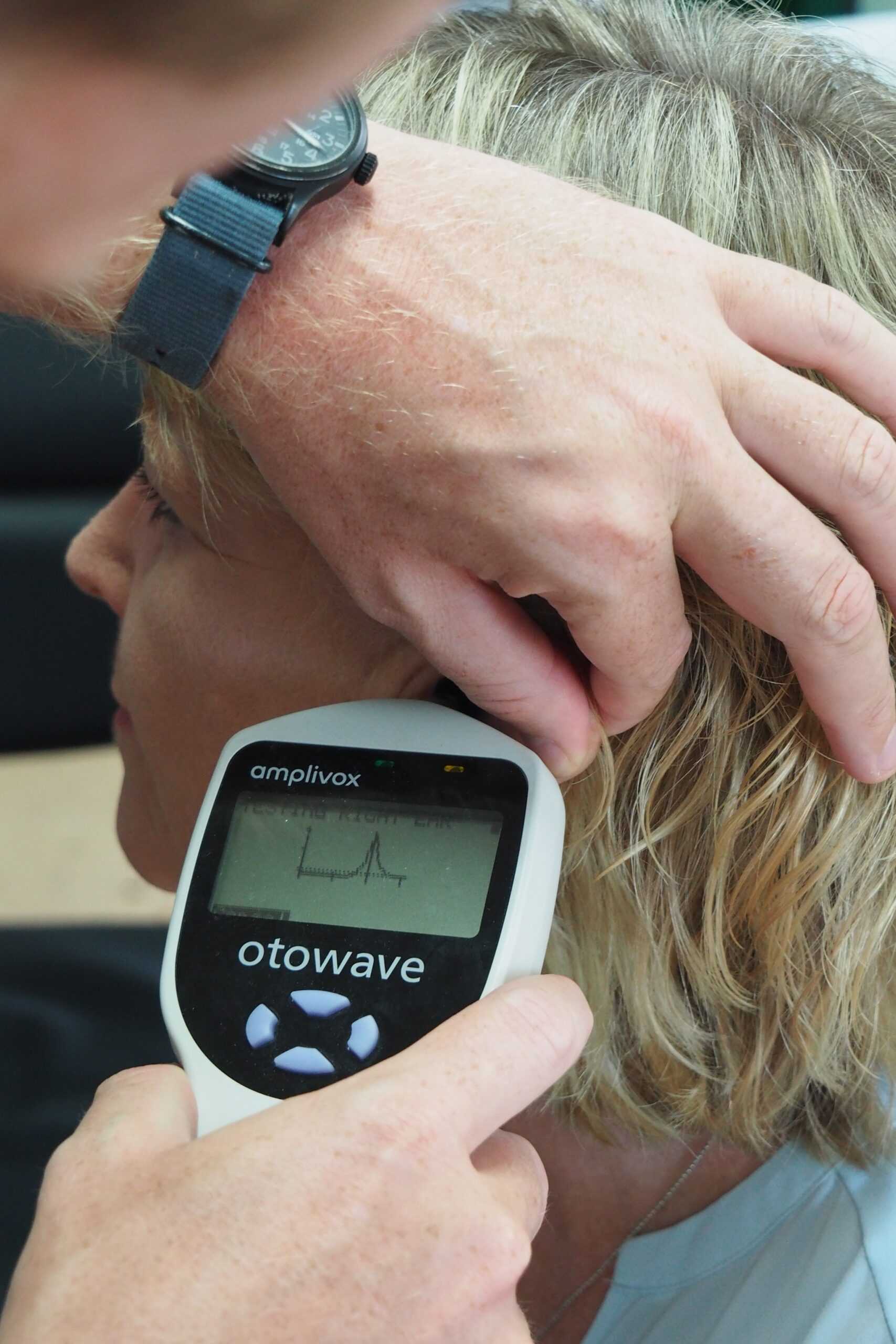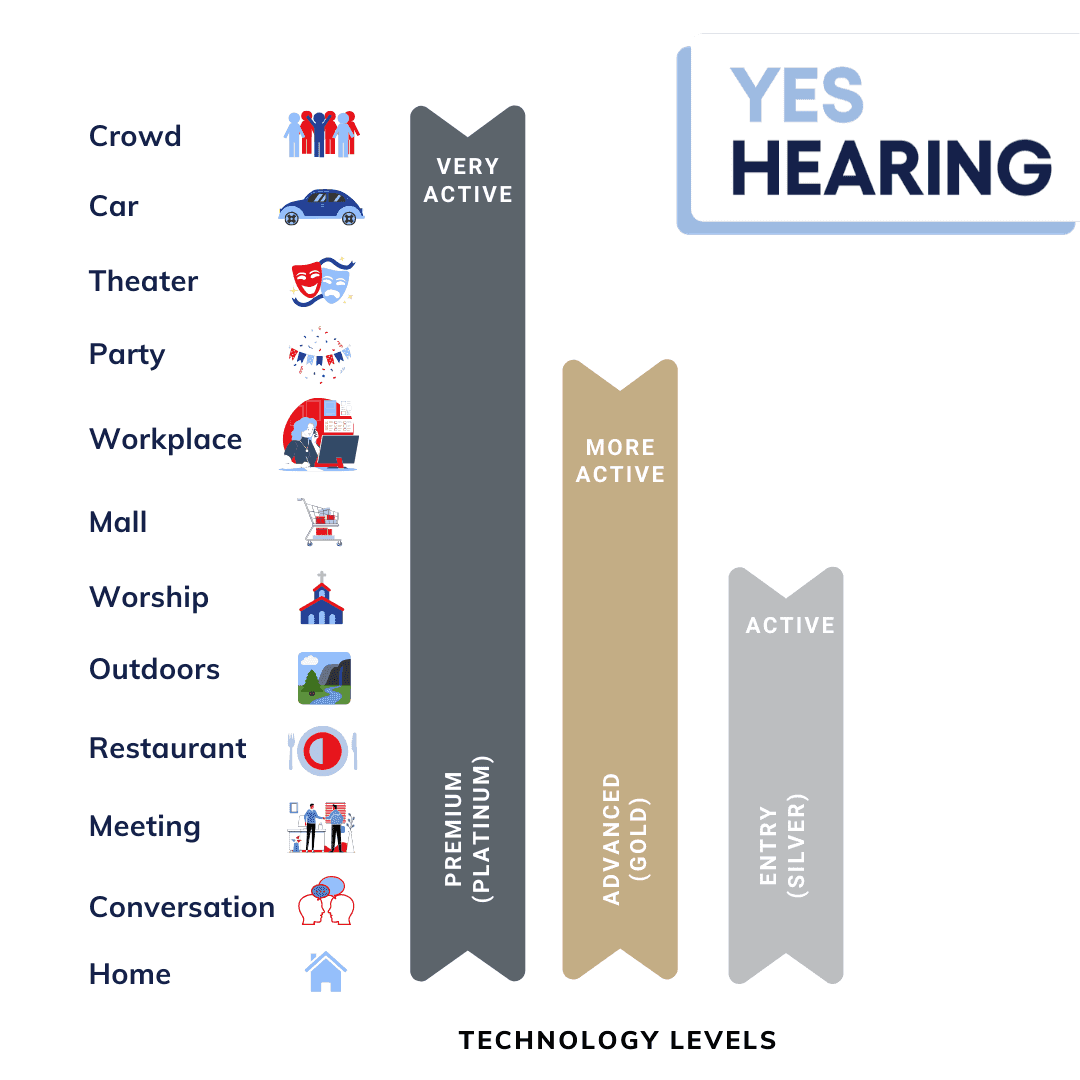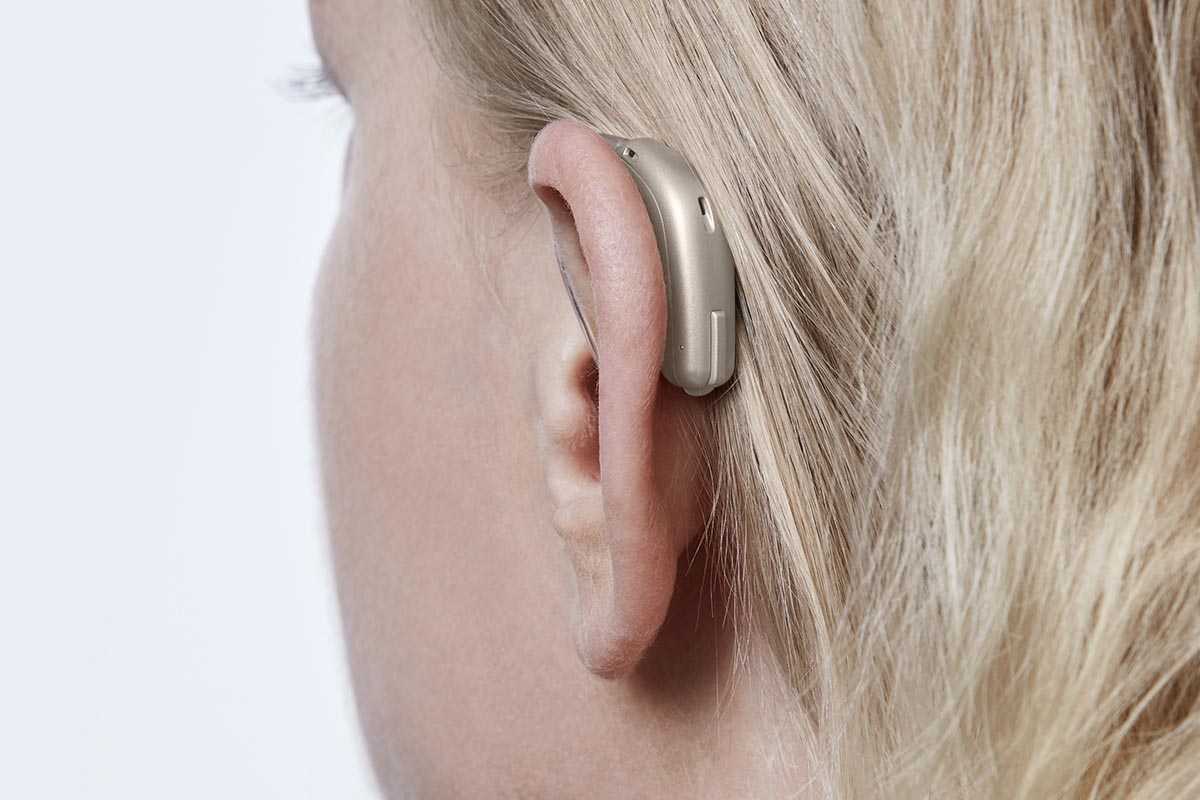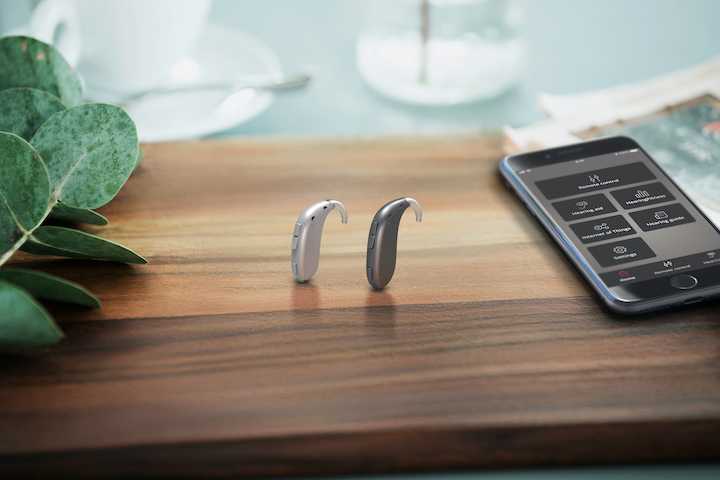Article
How Does a Behind-the-Ear (BTE) Hearing Aid Work?
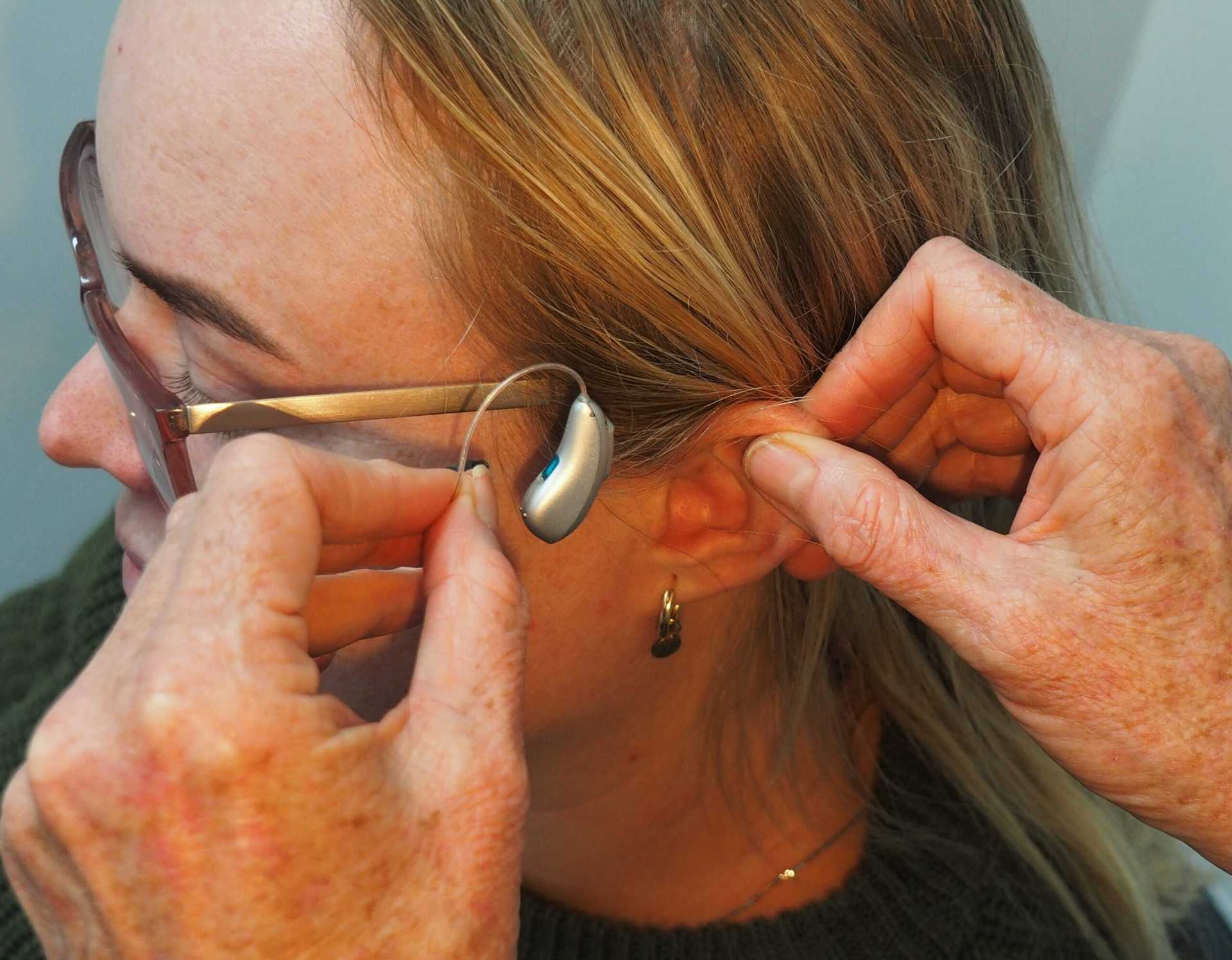
The task of selecting the best hearing aid for your needs, comfort, and convenience might seem like a huge task at first. As you begin your search, you will come across a wide range of options available to you.
But once you understand more about the different types of hearing aids and what each one offers, you can more easily determine which one will work properly for your hearing quality and your lifestyle.
One of the most common and popular types of assistive hearing devices is the behind-the-ear (BTE) hearing aid. Let’s start exploring the BTE to see if it is the right choice for you.
What is a behind-the-ear (BTE) hearing aid?
A behind-the-ear hearing aid is a device you wear on the outside of your outer ear.
They’re commonly a larger type of assistive hearing device when compared with other options available in the modern marketplace.
Even though the majority of a BTE aid rests behind your ear, they’re still somewhat visible to others — if they’re paying attention.
What are the components of BTE hearing aids?
Here are the main components of behind-the-ear aids and how they work.
1. Plastic case
The main component of the BTE-style hearing aid is the hard plastic case worn at the back of the ear. It houses the electronic parts that collect sounds from the environment and connects to a plastic earmold that sits right inside the outer ear.
The electronically gathered sounds transmit and travel from the plastic case, along the connecting wire, and through the earmold, which casts the sounds into the ear so people will hear better.
Finally, this part of the BTE houses the volume controls and battery compartment that powers the hearing unit.
2. Retention cord
While not critical to the technical aspects of hearing assistance, retention cords keep everything in place for some BTE models. These tiny and flexible cords attach to the ear, anchoring the BTE in one spot. With this minute tether, wearers experience greater device stability and can perform regular activities without worrying about the aid falling out or off of the ear. This feature makes BTEs more secure than other types of hearing aids.
3. Microphone
Hearing aids have incredibly small and sensitive microphones. The role of the microphones is to pick up the ambient sounds and convert them into electrical signals that move through the amplifier and speakers. Modern hearing aids typically have at least two built-in microphones. One microphone is directional for the speech in front of you, and the other is omnidirectional for the noise around you.
4. Amplifier
Once the BTE’s microphone picks up the signals, the amplifier increases the sound volume and transmits it through speakers that carry sound through a tube and into the earmold. The earmold then broadcasts the sound directly into the ear, amplifying the environmental sounds.
5. Speaker
The speaker, sometimes called the receiver, sits just at the edge of the outer ear and transmits sound into the ear canal via a thin tube. Since BTEs come in a larger package, the components are spread out and the speakers produce less unwanted feedback.
What are the pros and cons of BTE hearing aids?
There are a few distinct benefits to the BTE model’s larger size. They’re more comfortable to wear and don’t need to be directly in contact with the ear canal. Next, the larger size allows for a larger battery and longer battery life.
They’re also easier to handle for people with other physical impairments because they have larger dedicated buttons than smaller options, like in-the-ear (ITE) hearing aids that are smaller and more discreet.
Maintenance is easier, they’re simpler to clean and less sensitive to problems caused by earwax. Last but not least, they’re more affordable and perhaps one of the most common types available.
The trade-offs are that BTEs are less discreet. When people think about hearing aids, BTE is the iconic style that comes to mind because they’re easier to notice. Also, the sound quality is improved with other types — they’re subject to wind noise and are not suitable for patients with severe hearing loss.
How do you get BTE hearing aids?
Do you think you’re ready for a BTE hearing aid?
First, take some time to explore your options. Yes Hearing offers a handful of excellent choices. Be sure to consider the following three popular behind-the-ear hearing aids:
Remember, you don’t have to take this bold step toward hearing better on your own. Our team of Yes Hearing specialists is here to support you through this journey to better hearing. We’ll determine your specific hearing needs and discuss the best options that address your degree of hearing loss, ear design, aesthetic preference, lifestyle, and budget.
Book a free consultation to learn how it works and how to get started with the support of our caring professionals.
Subscribe to our mailing list
Be the first to hear about latest news, content, and more by subscribing to our mailing list. Check your inbox for a confirmation email!

